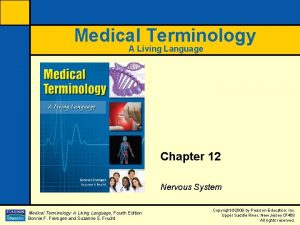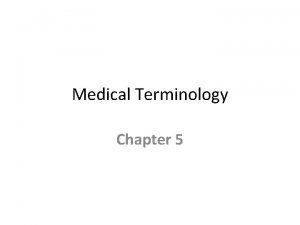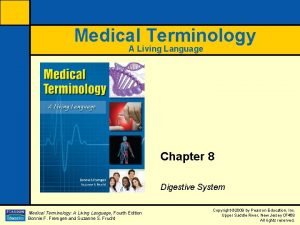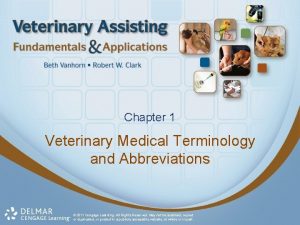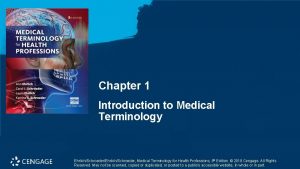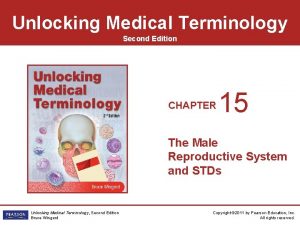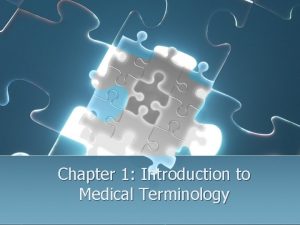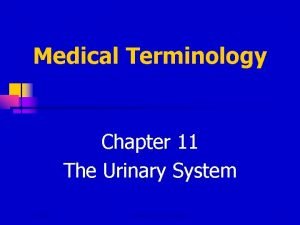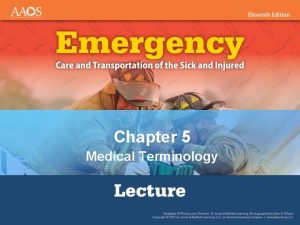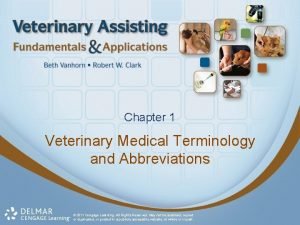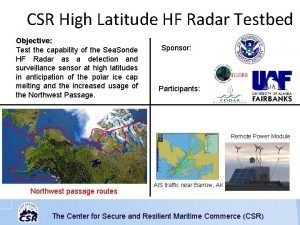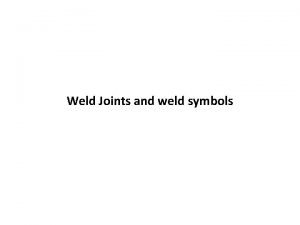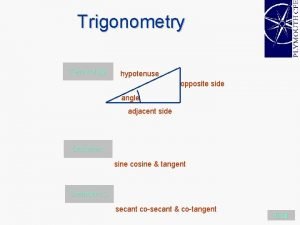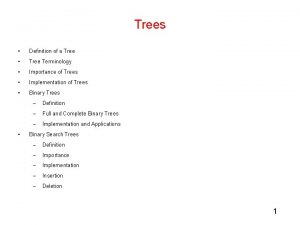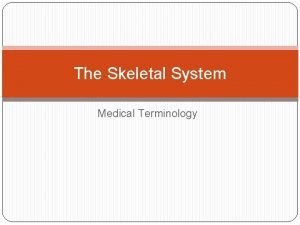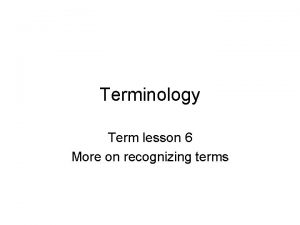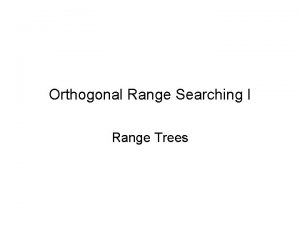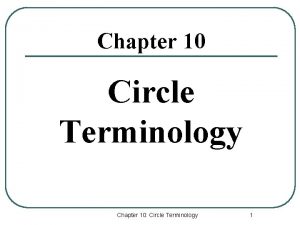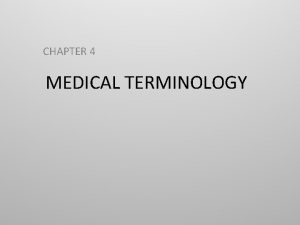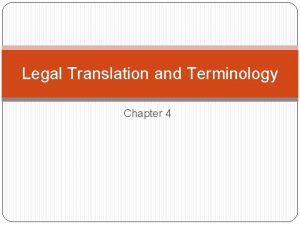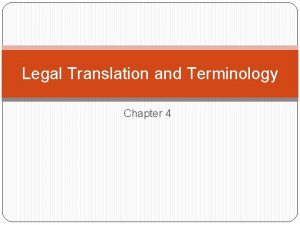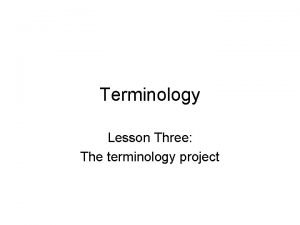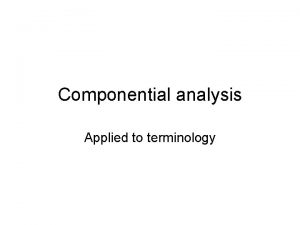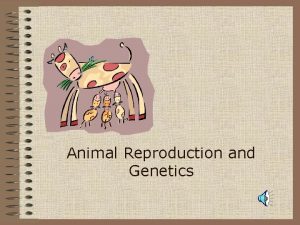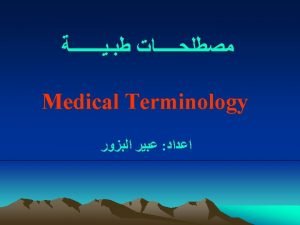Range Management Chapter 1 1 Range Management Terminology


































- Slides: 34

Range Management Chapter 1 1. Range Management Terminology 2. Basic Range Management Concepts 3. Range Management Information Sources 4. Importance of Rangeland

4. Importance of Rangeland a. Human Population Growth b. Land Area of Rangelands c. Primary Rangeland Products 5. Range Management Challenges

Range Management Terminology Range Management- Manipulation of rangeland components to obtain optimum combination of goods and services for society on a sustained basis. Rangeland (Range)- Uncultivated land that will provide the necessities of life for grazing and browsing animals. Multiple Use- Harmonious use of the range for more than one purpose; livestock, wildlife, water, recreation, etc.

Grazing and rangelands

Range Management Terminology cont. Common Use- Intentional grazing of the range by more than one type of animal to obtain economic and /or social benefit. Ecology- Study of the relationship between organism or group of organisms and their environment. Economics- Study of how to allocate scarce resources among competing uses.

Range Management Terminology cont. Ruminant- Have enlarged compartment (rumen) that permits microbial degradation of food before it passes to the stomach (abomasum) [cow, deer, sheep, goat, elk, moose, etc. ] Forage- All plant material on a given area potentially edible by livestock and wildlife. Grasses - Plants that have hollow; jointed stems; fine narrow leaves; and fibrous roots.

Range Management Terminology cont. Forbs- Nongrass-like plants that have tap root, broad leaves, and solid non-jointed stems. Shrubs -Woody plants that have long, coarse roots; branch near ground level; and generally have broad leaves. Trees - Woody plants that have a trunk that branches well above ground.

Basic Range Management Concepts 1. Grazing land is a renewable resource. 2. Energy from the sun can be captured by green plants which can only be harvested by the grazing animal. 3. Grazing land supply us with food and fiber at a very low additional energy cost.

Basic Range Management Concepts 4. The amount and kind of forage available is determined by the type of soil and the climatic conditions. A given set of soil and climatic conditions define a “range site” 5. Grazing lands supply us with multiple products: food, fiber, fishing, hunting, sightseeing, minerals, timber, and water.

Range Management Information Sources 1. Society for Range Management Formed in 1948 Publications Rangeland Ecology & Management Rangelands Books Newsletters Brochures

Society for Range Management C. Address Society for Range Management 445 Union BLVD Lakewood, CO 80228 Website- Society for Range Management (SRM): www. rangelands. org

Range Management Information Sources 2. Textbooks a. 2005 - Range Management: Principles and Practices. Holechek, Herbel, and Pieper b. 1994 - Range Ecology and Management. Heady and Child c. 1991 - Grazing Management: An Ecological Perspective. Heitschmidt and Stuth d. 1992 - Grazing Management. Vallentine.

Other information sources a. Journal of Soil and Water Conservation b. Journal of Wildlife Management c. Journal of Animal Science

Key Range Management Components 1. Protection and enhancement of soil and vegetation complex. 2. Maintaining or improving output of consumable range products, such as red meat, wildlife, water, wood, fiber, recreation, etc. • Distinguishing feature of range management is that it deals with manipulating the grazing activities of large herbivores so both plant and animal production will be improved or maintained.

Four Basic Principles in Range Management 1. Proper stocking rate. 2. Proper distribution of grazing animals. 3. Proper kinds of grazing animals. 4. Proper grazing system. *Proper stocking rate or correct animal numbers is considered the most important part of range management.

Major risks associated with rangeland livestock production in the United States Risk category Example Climatic risk Drought, severe winter Biological risk Uncertainty in outcomes of range management practices; disease infects livestock; predation; grasshopper infestation

Major risks associated with rangeland livestock production in the United States cont. Risk category Example Financial risk Rising interest rates, falling cattle prices, rising livestock production costs, falling land value

Major risks associated with rangeland livestock production in the United States cont. Risk category Example Political risk Rising taxes, increased regulation, increased grazing fees on public lands, discontinuation of subsidies, increased protection for endangered species, land use restrictions.

Major risks associated with rangeland livestock production in the United States cont. Risk Category Example Other Fire, theft, vandalism

Ecosystem Services § Basic processes such as maintenance of air and water quality essential to human life performed by natural or near natural landscapes (ecosystems). § These processes have generally been taken for granted by humans but their importance is increasingly being recognized as the world human population increases and the world’s natural landscapes diminish.

Ecosystem Services (examples) a. Maintenance of air quality b. Maintenance of water quality c. Decomposition of waste and organic matter d. Nutrient cycling e. Pollination of plants

Ecosystem Services (examples) f. Renewal of soil fertility g. Provision of genetic resources h. Natural control of pathogens and diseases i. Regulation of freshwater supplies.

Ecosystems services and products 1. Clean air 2. Clean water 3. Biodiversity a. Medicine b. Agriculture c. Environmental barometer d. Pest control e. Right to live

Ecosystems services and products 4. Esthetics 5. Food 6. Ozone 7. Climatic stability 8. Environmental purification 9. Plant products (non-food) 10. Animal products (non-food)


Importance of Rangeland Land Area of Rangeland 1. Composition of World Land Area 30% Deserts, Glaciers, Mountain Peaks 11% Farmland 24% Permanent Pasture (grassland) 31% Forest and Woodland 3 -4% Urbanize (cities, airports, highways) **70% of World Land Area is Rangeland. ***Rangeland is the primary land type in the world.

Two Biggest Challenges of the 21 st Century 1. Stabilization of human population. 2. Stabilization of Climate.


Primary Rangeland Issues in New Mexico 1. Drought 2. Invasive Plants 3. Grazing Management 4. Urbanization 5. Fire 6. Wildlife 7. Watershed Improvement



Primary Rangeland Issues in New Mexico 8. Monitoring 9. Income Diversification 10. Multiple Use Conflicts 11. Insects/Disease 12. Riparian Improvement 13. Energy Development 14. Increased Regulations 15. Rangeland Restoration


 As compared to long-range forecasts, short-range forecasts
As compared to long-range forecasts, short-range forecasts Chapter 11 medical terminology
Chapter 11 medical terminology Urethr/o medical terminology
Urethr/o medical terminology Taxia medical terminology
Taxia medical terminology Chapter 6 learning exercises medical terminology
Chapter 6 learning exercises medical terminology Chapter 11 special senses the eyes and ears
Chapter 11 special senses the eyes and ears Clinical conditions chapter 1 medical terminology
Clinical conditions chapter 1 medical terminology Gast medical term prefix
Gast medical term prefix Mycosis a suffix denoting an abnormal condition of fungus
Mycosis a suffix denoting an abnormal condition of fungus Language
Language Chapter 5 the cardiovascular system labeling exercises
Chapter 5 the cardiovascular system labeling exercises Chapter 10 labeling medical terminology
Chapter 10 labeling medical terminology Combining form for rib
Combining form for rib Veterinary terminology abbreviations
Veterinary terminology abbreviations Chapter 1 introduction to medical terminology
Chapter 1 introduction to medical terminology Translate the medical term prostatolith
Translate the medical term prostatolith Medical terminology chapter 7
Medical terminology chapter 7 Medical terminology chapter 14 labeling exercises
Medical terminology chapter 14 labeling exercises Chapter 1 introduction to medical terminology
Chapter 1 introduction to medical terminology Consonant medical terminology
Consonant medical terminology Uretorocele
Uretorocele What is epi in medical terms
What is epi in medical terms Alges root word
Alges root word Prescription terms
Prescription terms Chapter 23:3 administering heat/cold applications
Chapter 23:3 administering heat/cold applications Csr radar
Csr radar Pie chart terminology
Pie chart terminology Chain intermittent symbol
Chain intermittent symbol Critcal lens
Critcal lens Tunnel terminology
Tunnel terminology Sin cos tan
Sin cos tan Define tree with example
Define tree with example Medical terminology skeletal system
Medical terminology skeletal system Visceral peritoneum
Visceral peritoneum Lesson 6 medical terminology
Lesson 6 medical terminology



